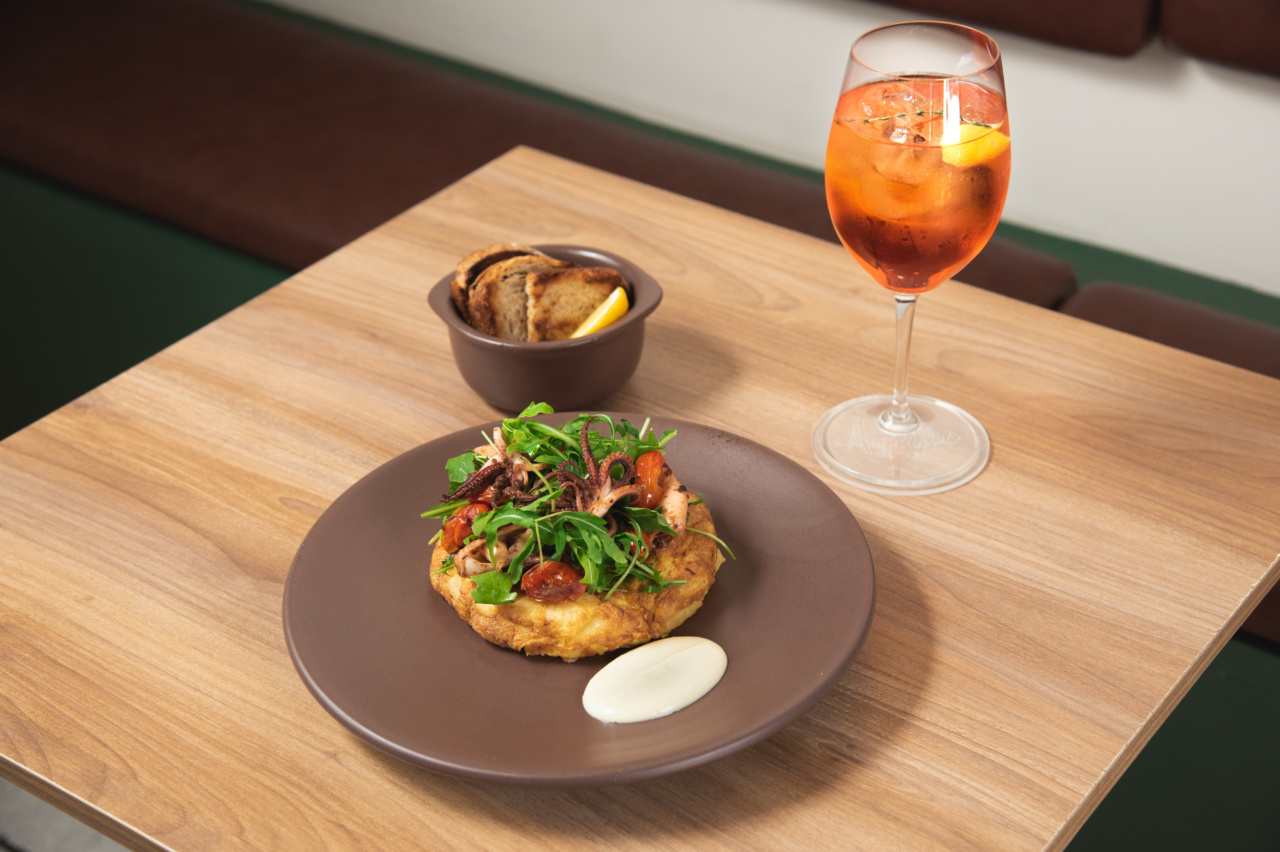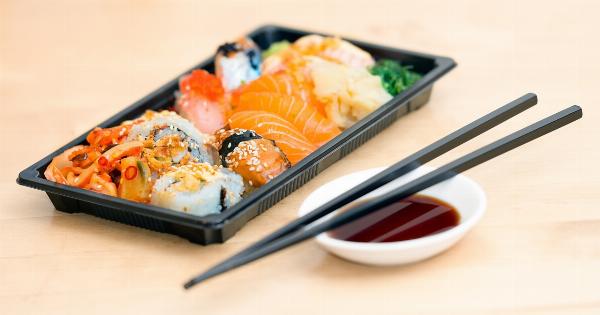As parents, we want to ensure that our children are growing up healthy and strong. One aspect of a balanced diet that parents may consider for their babies is seafood. However, there are concerns about the safety of seafood for babies.
In this article, we will explore whether seafood is safe for babies and provide answers from experts to help set your mind at ease.
What Age Can Babies Eat Seafood?
According to the American Academy of Pediatrics (AAP), babies can start eating certain seafood at around 6 months old. This includes cooked, pureed or mashed, boneless fish like salmon, tilapia, and cod.
However, it’s important to introduce seafood gradually and watch for any signs of an allergic reaction.
What Are the Benefits of Seafood for Babies?
Seafood is a good source of protein, healthy fats, and important nutrients such as Omega-3 fatty acids, vitamin D, and iron.
Omega-3 fatty acids are essential for brain development, and studies have shown that seafood consumption during pregnancy and early childhood is linked to better cognitive and visual development in children.
What Are the Risks of Seafood for Babies?
One of the biggest concerns about seafood for babies is the risk of mercury exposure. Mercury is a toxic metal that can harm the developing nervous system.
Certain types of fish such as shark, swordfish, king mackerel, or tilefish have high levels of mercury and should be avoided.
Another risk is the potential for foodborne illness caused by bacteria or viruses in raw or undercooked seafood. Parents should ensure that seafood is cooked properly to reduce the risk of illness.
What Are the Best Types of Seafood for Babies?
The best types of seafood for babies are those that are low in mercury and high in Omega-3s. According to the AAP, the following fish are safe for babies to eat:.
- Cod
- Sardines
- Tilapia
- Salmon
How Should Seafood Be Prepared for Babies?
Seafood should be cooked thoroughly to reduce the risk of foodborne illness. It’s important to avoid raw or undercooked seafood, including sushi, ceviche, and smoked salmon.
Parents can prepare seafood for their babies by baking, roasting, broiling, grilling, or poaching it. Pureeing or mashing the cooked fish can make it easier for babies to eat.
Avoid using seasonings or spices that may be too strong for babies’ palates, and consider adding other baby-friendly ingredients like pureed vegetables.
What Are the Signs of an Allergic Reaction to Seafood?
Although seafood can be a healthy addition to a baby’s diet, some babies may be allergic to it. Symptoms of an allergic reaction to seafood may include:.
- Hives or rash
- Swelling of the face, lips or tongue
- Difficulty breathing
- Nausea or vomiting
- Dizziness or fainting
- Diarrhea or stomach cramps
If your baby experiences any of these symptoms after eating seafood, seek medical attention immediately.
Conclusion
Seafood can be a healthy addition to a baby’s diet, as long as it is introduced gradually and prepared properly. Parents should choose low-mercury fish like salmon, cod, and tilapia, and cook them thoroughly to reduce the risk of illness.
If you notice any signs of an allergic reaction to seafood in your baby, seek medical attention immediately.































